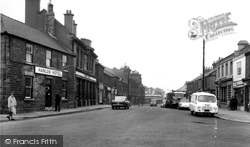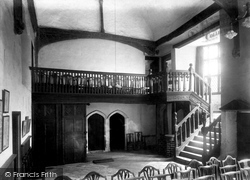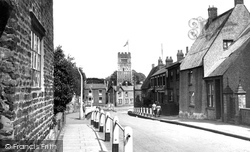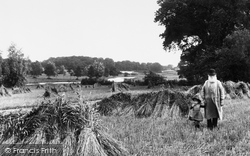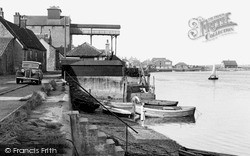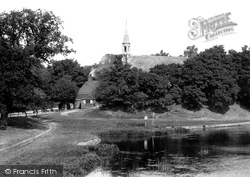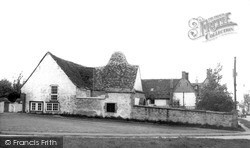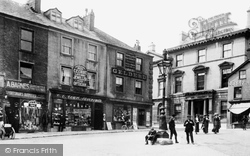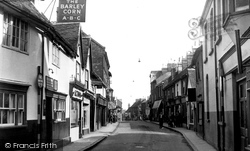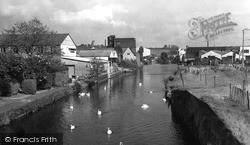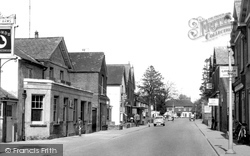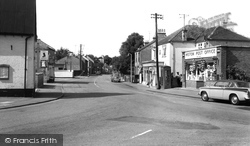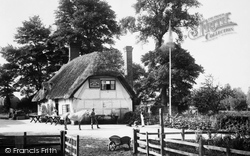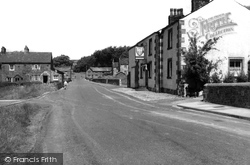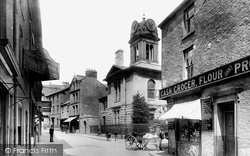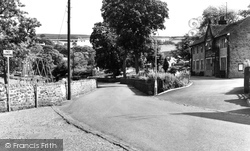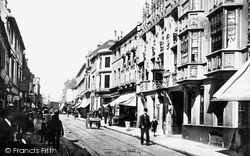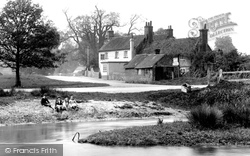Captions
44 captions found. Showing results 21 to 40.
In 1908 the CWS came to Birtley, where it opened a tinplate works.
This 15th-century hall belonged to the merchant William Barley.
The Earl of Huntingdon lived nearby, and the village gets the other half of its name from his association with barley farming.
Today so much of East Anglia's beautiful countryside is in the hands of more exploitative 'barley barons'.
This was originally constructed in stone in 1853 as a 250-yard-long working quayside for vessels trading in barley, linseed cake, corn, timber, salt, malt and manure, rather than for holidaymakers
The village church is seen here from the Gothic, six-arched river bridge of 1864, which links Clifton Hampden with the Barley Mow inn.
Samuel Lewis, compiling A Topographical Dictionary of England in 1831, described the Barley Mow as 400 years old even then.
The maltings were part of the development that followed; the surviving kiln of the maltings would originally have included the malting floors, where the barley was allowed to germinate before being heated
It exported copper, iron, slate, barley, bobbins, gunpowder and leather all over the Empire.
The Barley Corn pub survives, albeit now (in 2000) archly renamed the Farmyard and Firkin; the shop with the crested fascia, a pork butchers in the 1970s, is now (in 2000) The Bacon Shop, but the Old Harrow
Then, it was a bustling port with barges moored two or three deep unloading timber and barley.
This is one of the pubs along the A322 at the south end of Bisley's village green.
Just past the Village Green, the Boot (left), one of the oldest pubs in the village, and the Barley Mow beyond, are both still trading, although the General Stores between them has been demolished to make
The Barley Mow is one of the most famous and historic inns on the Thames.
The Barley Arms (right) is an 18th-century inn with stone quoins and stone window surrounds.
It exported copper, iron, slate, barley, bobbins, gunpowder and leather all over the Empire.
Standing at the foot of Pendle Hill, which is 1835ft high and just short of being a mountain, the stone-built Pendle Inn is in the centre of Barley, the heart of Pendle Witch country.
On the corner was the Provincial Co-operative Drug Co (centre), and next was the Barley Mow tavern run by William Ellis.
Behind the Barley Mow pub in the centre of the picture, the northern and southern branches of the River Wey unite.
On the corner was the Provincial Co-operative Drug Co (centre), and next was the Barley Mow tavern run by William Ellis.




